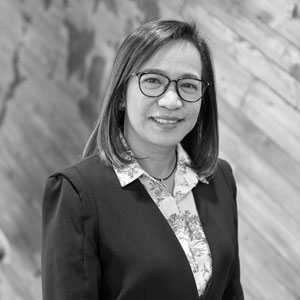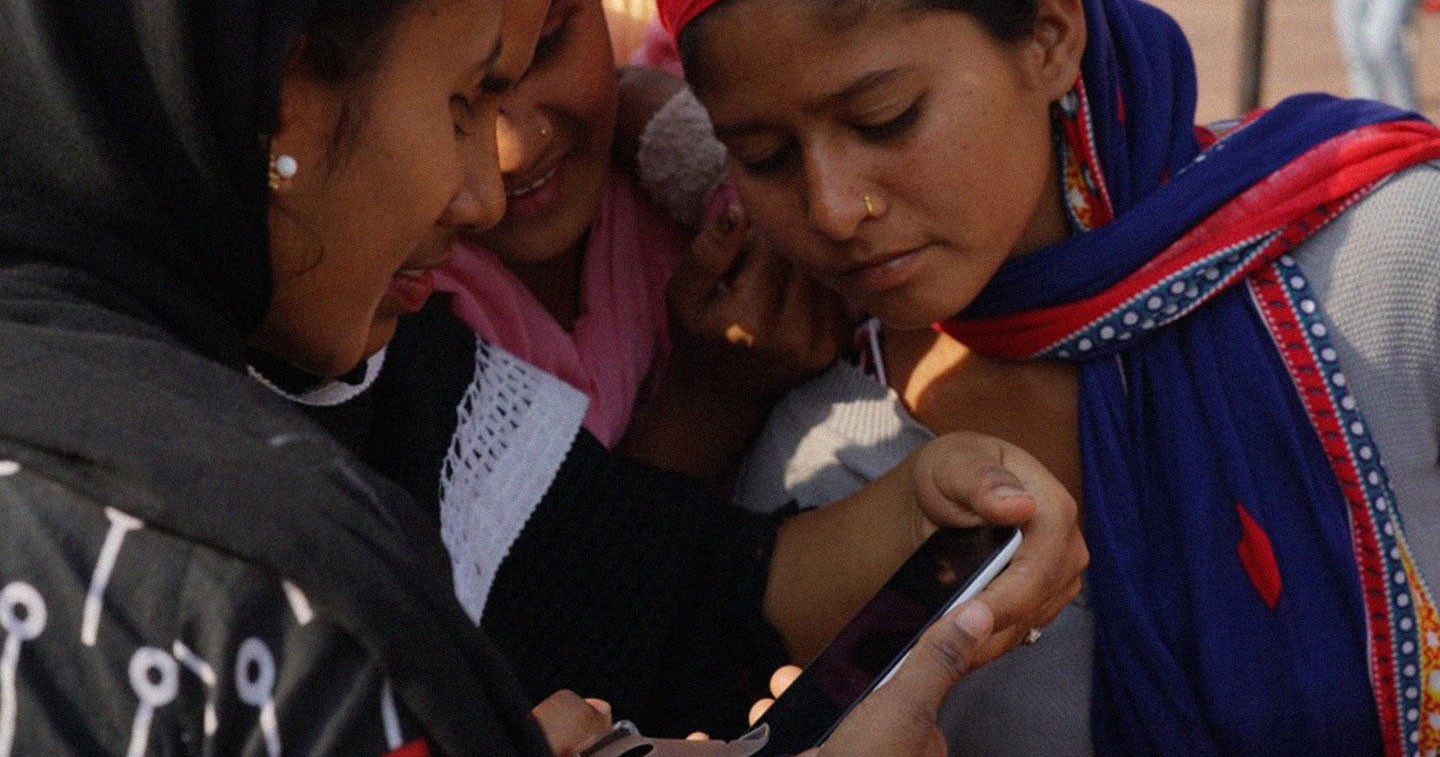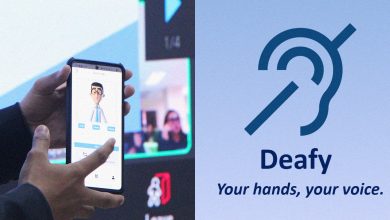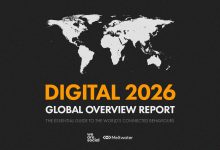MANILA, PHILIPPINES – A study conducted by Google called the Toward Gender Equity Online Report paints a picture of how even in today’s modern day and age of easy internet access, there are still cultural barriers that hinder women from going (or staying) online. Google Philippines’ Country Director Bernadette Nacario gives adobo magazine her thoughts on the matter, and how this is an issue even in a country like the Philippines.
Read her full writeup below:
Have you heard about the young lawyer Mexico who doesn’t go online much because she’s worried her boyfriend will disapprove? Or the medical professional in India who manipulates her video searches before logging off, so her family members won’t judge her choice of content? What about the Brazilian blogger thinking about going offline because every time she posts, she’s bombarded with sexual comments?
Because of our geographic distance and cultural differences, it might seem Filipino women have nothing in common with these women in other parts of the world. But there’s one thing that’s the same for all of us: one way or another, we have all experienced the unique challenges and risks that women face online.
The open internet has opened up unprecedented access to news and information, entertainment and communication, tools and services. But the uncomfortable truth is that the internet in 2020 is still not gender-equitable.
There are more men than women online in two-thirds of the world’s countries— and in many cases it’s not a matter of choice. Google’s “Towards Gender Equity Online” report—conducted in India, Indonesia and five other fast-growing economies—found multiple, overlapping barriers preventing women from sharing fully and freely in the benefits the internet creates.
There are still places in the world where women can’t access the internet on their own terms— they face pressure not to go online or have limits placed on their finances and movement. In extreme cases, they’re barred from going online at all. Many women struggle to find relevant content online, with algorithms recommending videos, articles and blogs that skew towards male tastes and interests. There are fewer female role models and female-focused online communities, because women are reluctant to create social media content or share personal information online. Even in their own physical space, women face restrictions on their freedoms online, often needing to delete their search history or use app locks to protect their privacy on shared devices.
Above all, women on the internet fear for their safety, with risks ranging from cyber-stalking to impersonation (like synthetic porn or fake profiles), and the theft and unwanted sharing of photos and data.
Changing this picture matters ethically: as Sir Tim Berners-Lee, the inventor of the world wide web, recently wrote, gender equity online is a fundamental human right. It also matters economically. According to McKinsey, closing gender gaps in Asia-Pacific could add $4.5 trillion to collective regional GDP by 2025—12% more than the business as usual. In our digitalizing world, that will only be possible if we make sure that women can share fully and freely in the benefits the internet creates.
Building a gender-equitable internet is vital for progress everywhere. But it’s especially important in countries like the Philippines where large numbers of people are only just beginning to come online—countries that will account for the majority of the next billion users of the internet and shape the future of the digital economy.
Governments, business and communities all have a role in clearing away the obstacles to women’s progress online—starting with three clear, tangible priorities.
First, those of us in the technology industry need to get better at incorporating women’s aspirations, experiences and concerns into the way we build our services and apps. When Google started building Neighbourly, an app in India which lets people ask and answer questions within their community, we included additional safety features so women could protect their identity and privacy—based on feedback from the community itself. We’ll continue applying these principles as we develop our products world-wide, and join with others in making the case for inclusive technology everywhere.
Second, businesses, governments, nonprofits and educators have a responsibility to work together to give women the skills and knowledge they need to navigate the internet safely and confidently. That means partnership-based, grass-roots education programs, ranging from computer science classes for girls in school, to basic digital literacy for new female internet users, to advanced AI skills for women developers. Google’s Women Will program—which has trained 38 million women worldwide, including in Indonesia—is one example of how we can meet that demand; Internet Saathi, a ‘train the trainer’ program for women in remote villages in India, is another. We will need many more in this vein.
In the Philippines, the Digiskarteng Pinay project is helping Filipina women learn new skills in their own time, at their own pace, by pulling together upskilling videos on YouTube. The online program encourages women to learn and diversify their skill sets to provide for their families and grow as a member of the society. A joint initiative of various non-profit organizations, government agencies, brands, and local creators, the Digiskarteng Pinay YouTube channel houses curated local video content centered around upskilling and educational topics like family nutrition, recipe videos, financial literacy lessons, DIY craft tutorials, coding and technical skills, livelihood, and more.
Third, all of us as a society have to do more to support and celebrate women’s success and female role models online. From entrepreneurs like Michelle Mariano who co-founded her calamansi juice business in Quirino Province to creators like Team Lyqa who is using YouTube influence to educate netizens and fight misinformation, it’s critical that we lift up women who have used the internet to succeed and can now show a path for others. As we do so, we must step up our efforts to make social media platforms safe places where women can create, learn and find community—and weed out biases that favour male content and preferences.
If anything, closing the gender gap online is even more important in a world grappling with coronavirus. With work and travel restrictions making us more reliant on technology, there is a risk of even greater limitations of women’s freedoms on the internet. At the same time, as countries look towards economic recovery over the long term, there is no more powerful driver of growth and opportunity than empowered female workers and business owners.
No matter what broader challenges we face, we will be better able to confront them if we advance equality online. An online environment where women are safe, supported, and free to reach their potential won’t just mean a better internet: it will reflect a better world with a stronger future. The 2020s should be the decade we make that world a reality.
About the Author

Bernadette Nacario is the Country Director for the Google Philippine headquarters. Prior to joining Google, Bernadette served as the Country Manager for Systems of IBM Philippines, and Apple Philippines and Guam. A veteran in the Information Technology industry with extensive background in General Management, Sales, Marketing, and Channel Management, she also held various leadership positions for other reputable tech brands such as HP, Microsoft, and Siemens.







